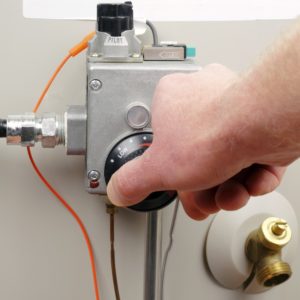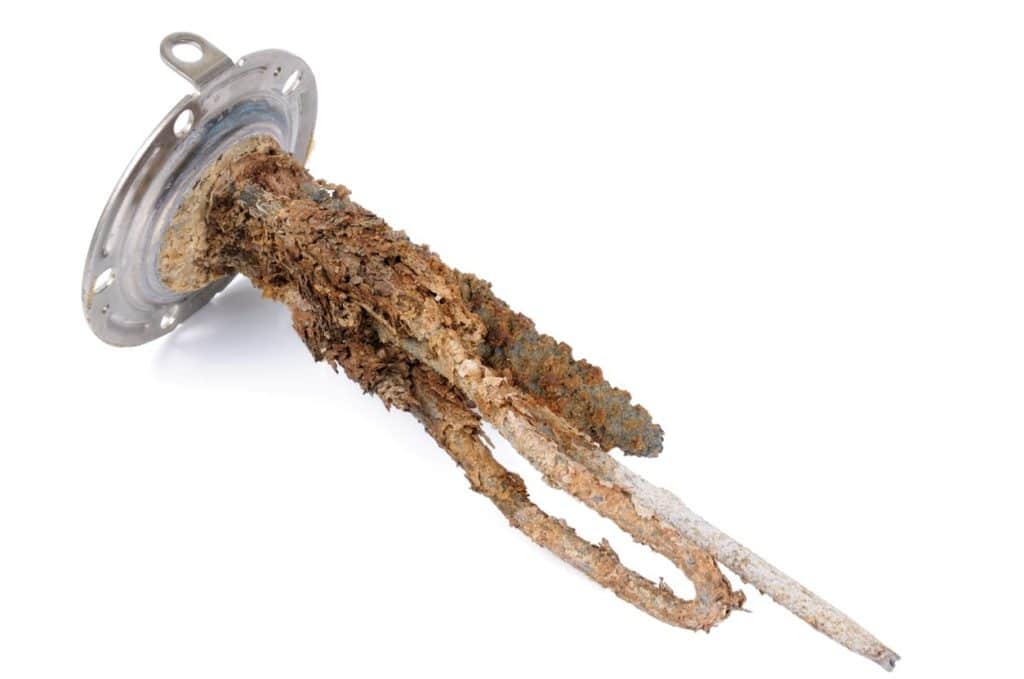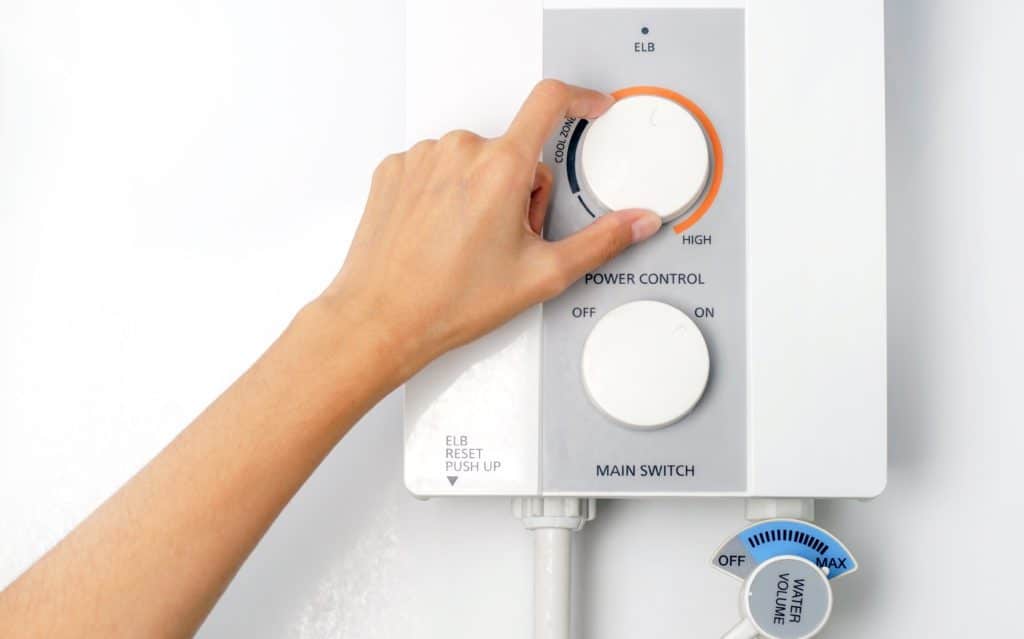Hot water is often underappreciated in a home until you turn on the faucet, shower, or bathtub and there is none. But is too hot water a problem? Yes.
Here we’ll go over a few reasons why your water heater is getting too hot and how to change the temperature on the thermostat.
Reasons your water heater is getting too hot
Water that’s too hot in your house might not sound like a big issue, but it is. Someone bathing or showering may receive scald burns from the water, a major risk to young children. And, if the increased water temperature suddenly happens, it’s usually the warning sign of a water heater ready to begin leaking or burst.
Broken Thermostat
Maintaining an appropriate water temperature is more than preventing burns and scalds. It’s important to prevent the growth of Legionella and other illness-causing microorganisms.
It’s recommended to keep the temperature of your hot water heater between a minimum 120 degrees and a maximum 140 degrees Fahrenheit. Test the thermostat by lowering the temperature and checking the tap water in a few hours. If the water is still extremely hot, you likely have a broken thermostat.

Mineral Buildup
Hard water deposits calcium, magnesium, and other trace minerals on its own, but when heated, the deposits intensify. As the minerals build inside the water tank, it interferes with the water heater’s ability to effectively — and appropriately — heat the water to the desired temperature.

How to Prevent Mineral Build
The best way to combat mineral buildup when you live in a hard water area is to have the hot water heater flushed yearly. The flush stops excessive mineral buildup, minimizes overheating the water, and extends the functional lifespan of your hot water heater. A trained plumber can oversee this flush as they’ll have the tools and experience to check for any other issues with the water heater.
Faulty Heater Element
This issue generally pertains to electric water heaters as these have one or two heating elements. If one element, or both, start to ground out or die, they won’t turn off and will radically overheat the water. The heat element eventually burns itself out and leaves your home with no hot water until the element is replaced.
Issues with the Pressure Relief Valve
Every hot water heater has a safety feature in the form of its temperature and pressure relief valve. This valve allows a small amount of water to drain when the temperature inside the tank reaches a critical level. But, if the valve stops working, the internal temperature and pressure continue to rise until the water heater floods or bursts.
How to Change the Water Heater Thermostat
Before adjusting the temperature, test the tap water with a thermometer. Turn on the tap in a bathroom or kitchen sink, allowing the water to run until it’s completely hot. Hold the thermometer under the running water for the most accurate temperature reading. Then, make the temperature adjustment on the heater as necessary.
Keep in mind that the further a faucet is from a water heater, the water loses more heat, especially with uninsulated pipes.
Gas Water Heater
If your gas water heater has a dial near the bottom, congrats — that’s the thermostat. Turn the dial to the desired temperature and you’re good to go.
But for newer water heaters, you’ll need a flathead screwdriver and a few minutes.
- Turn off the water heater’s circuit breaker.
- Locate the thermostat access panel then remove the panel.
- Gently peel back any insulation covering the thermostat.
- Use the screwdriver to adjust the thermostat; if your unit has two thermostats, adjust the top thermostat several degrees higher than the bottom.
- Put the insulation back and the access panel.
- Reconnect the power at the circuit breaker box.
Wait three hours to test the water temperature again and make adjustments as necessary until the water temperature is what you want.
Tankless Water Heater
The thermostat on tankless water heaters is quite similar to the thermostat for your HVAC system. The majority have a digital control panel allowing you to make the changes up or down by pressing one or two buttons. Refer to the user manual if you find any variation.

How Long Does a Hot Water Heater Last?
With proper maintenance and repairs, gas water heaters usually last between eight and 12 years. Electric water heaters have a longer functional life, between 10 and 15 years. If yours has any issues mentioned above, consider how old the unit is and weigh repair versus replace.


